CSX Media Relations Manager Laura Phelps tells Trains News Wire that the low emission locomotives will be assigned to Atlanta; Chicago; Camden, N.J.; and New York.
“The low emission locomotives are ideal for moving and sorting freight in our yards, providing a more environmentally friendly way to build trains around the clock and efficiently serve customers,” Phelps says.
The new SD40E3s are a separate program from the railroad’s own SD40-3 rebuild program. Wabtec’s MotivePower Inc. in Idaho has been rebuilding retired SD40-2s into SD40-3s for several years. The SD40-3s are in the 4000 numbering series.
When asked if the SD40-3s will continue being rebuilt, Phelps says that the Eco units “are not intended to replace the SD40-3 units” and that CSX is still “evaluating how the [SD40-3] units might be used to fulfill our future needs.”
The first batch of rebuilt SD40E3 locomotives were recently spotted at the railroad’s Tilford Yard in Atlanta.





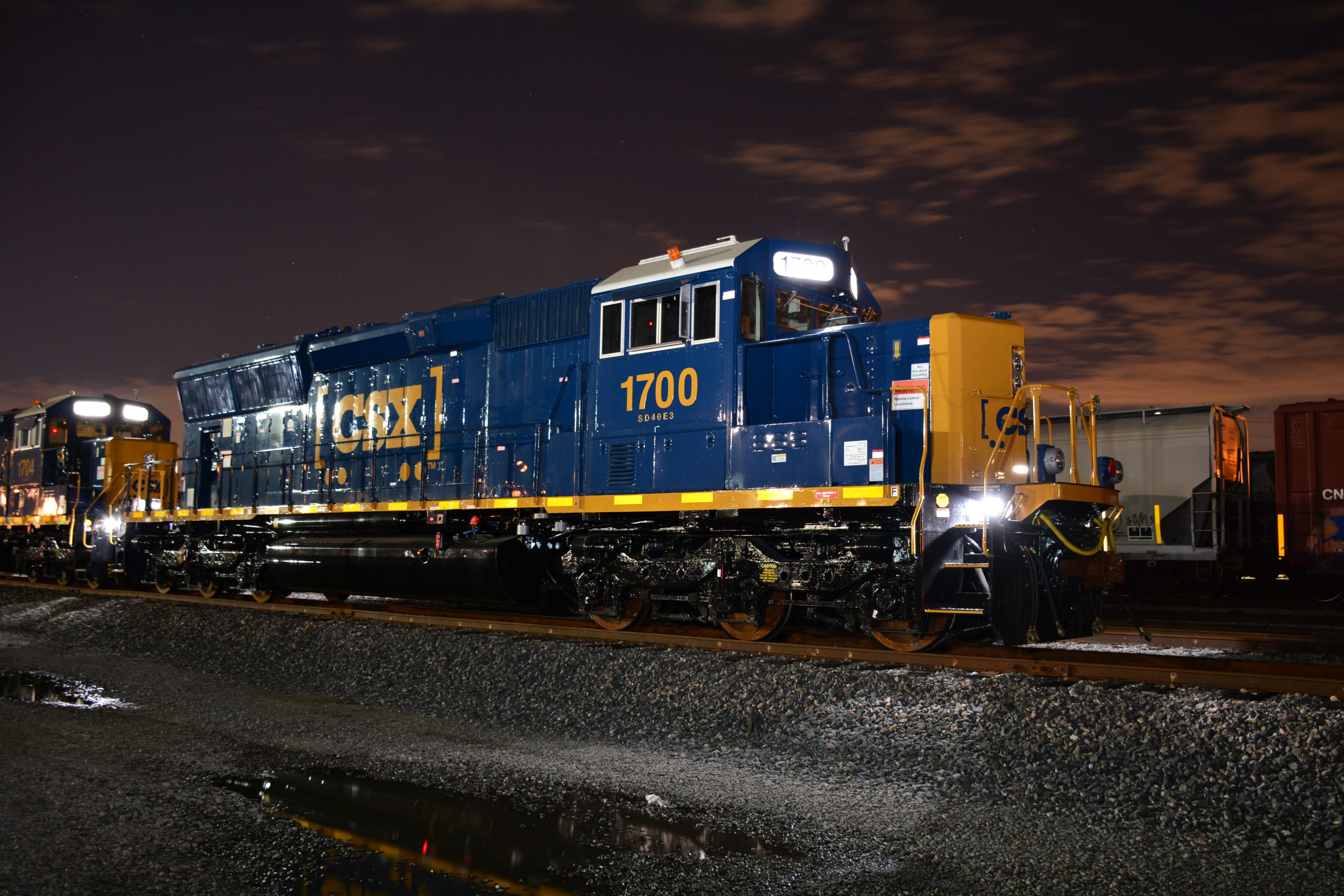

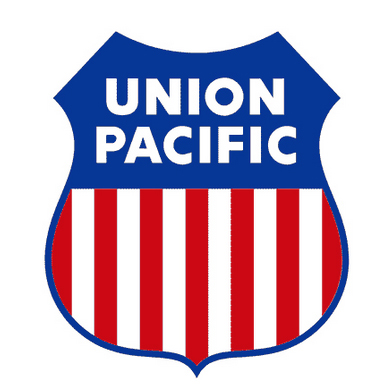
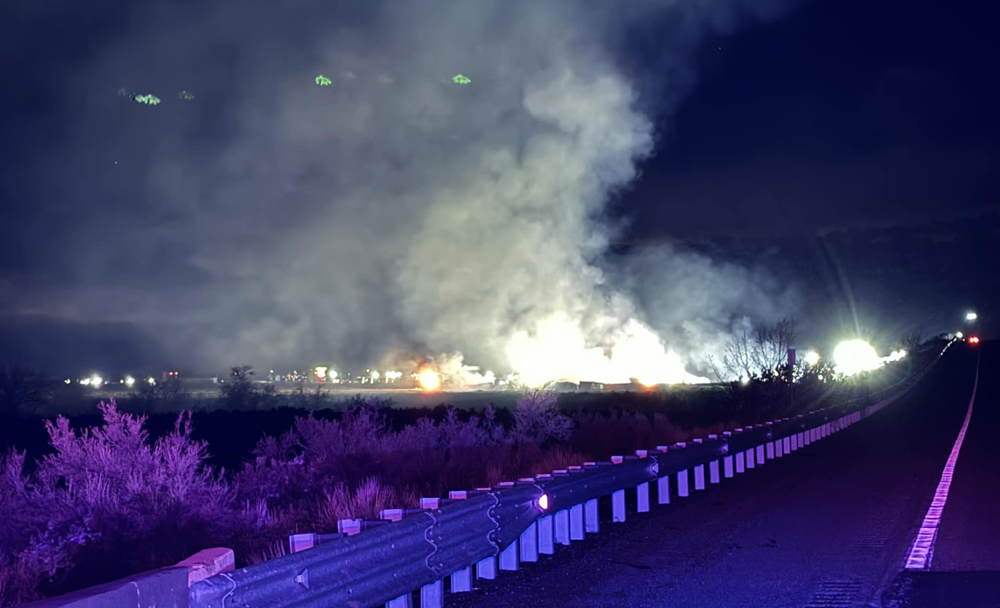
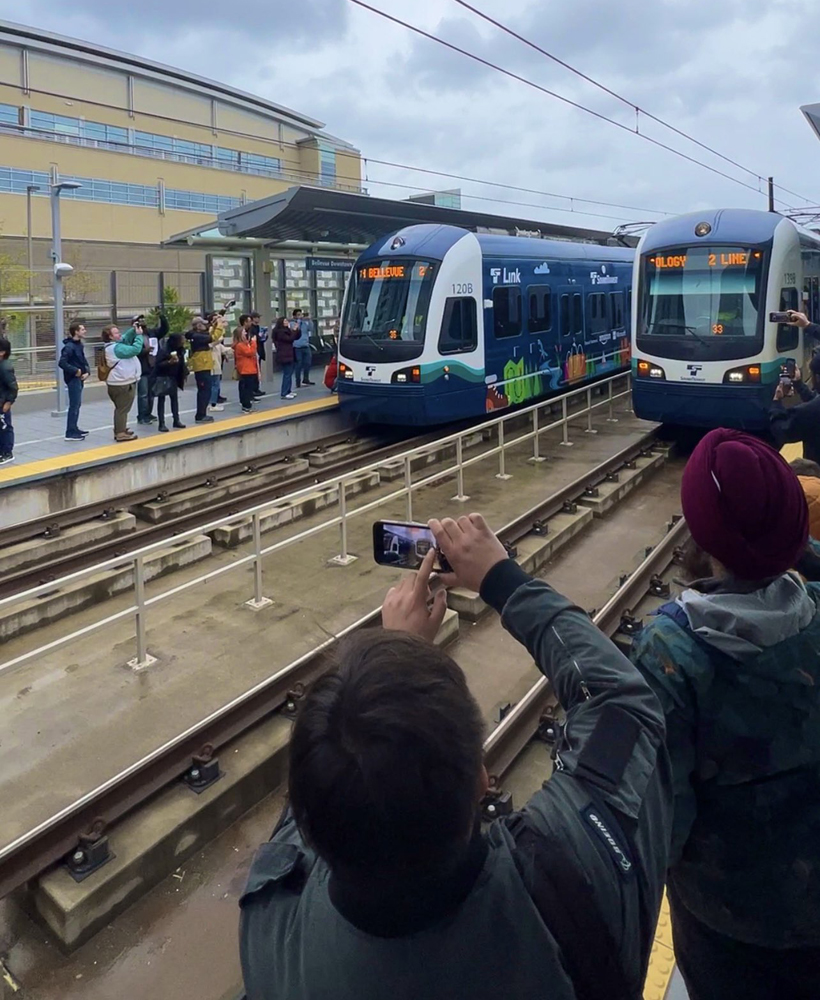
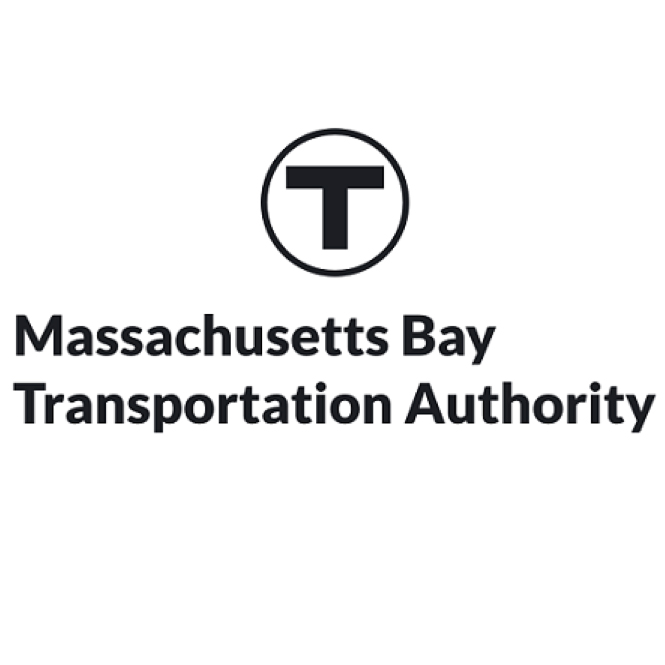




Interesting developement
The Amtrak F-40PH locomotive’s were retired for a number of reasons first of which they were fuel hogs. They all used a 6 cylinder air compressor as an option which wasn’t needed. Somebody at Amtrak thought 400 cubic feet of compressed air a minute? Yeah good Idea. Wasn’t necessary and every time it kicked in just used more fuel to no advantage. Engine was rated at 3000 horsepower with a single engine with up to 700 horsepower taken off the main engine forehead end power ( 480 volt 3 phase AC power) for light heat and air conditioning on the train leaving 2300 horsepower to move the train 50 horsepower more than an E-8 unit. I’ve run both and the E unit is preferable as I’ve had one engine shut down due to low water and once a broken connecting rod, yet we still arrived at our destination just a couple of minutes late on the remaining engine.
Amtrak would be better of buying 6 axle 6 motor locomotive’s bigger fuel tanks for longer range and instead of one engine put two diesels inside each locomotive so if an engine dies the continues on the other. For very light trains they would only need one engine running for traction. How many Amtrak trains have been delayed when the locomotive dies. Now the host railroad has to scrounge up a locomotive to get the Amtrak train on the move.
When I first started as a fireman we still had E-7’s still in service each V-12 567 engine had a 2 cylinder air compressor rated at about 90 cubic feet of air a minute. And remember this was before Amtrack hauling what’s called Heritage passenger cars that had huge air tanks. It could take on a 15 car train without ground air available 15-20 minutes to charge up the brake pipe with two E units. The E-8/9 units used a slightly larger compressor that produced 105 cubic feet of air.
The original F-40PH units had a 500 amp rated HEP alternator that with an 18 car train would trip out the main breaker feeding the train so the trainmen had to shut off the heat in each car before we could supply HEP to the train then one brakeman would walk from the rear car to the first car turning each cars heat back on. By the time they reached the next car the load on the hep was diminishing so it wouldn’t trip out the hep to the train. In the early days of the new (1970’s) Budd cars we used baggage cars fitted with two Detroit Diesels V-12 71 series twin turbo generators with automatic phasing so both generators could feed up to 550 KW of power to the train. I remember one in February that came in behind a failed GE E-60CHP electric that died. Freight diesels brought her in and the outbound E units were ready with a power car.
After they powered up the train the dual exhaust from each engine poured out blue smoke as the train had been without power for 5 hours. Needless to say the passengers cheered when power was restored to the train. Outside air temperature was 8 degrees that day.
I don’t know about you guys reading this comment but I miss the old days.
Please delete the spell check comment I made and this comment please.
Dang spell check the F40PH has a 16 cylinder turbocharged diesel rated at 3000 horsepower.
NS former Erie Lackawanna, Conrail SD45-2’s in 1700’s used in Conrail Shared Assets North Jersey area. This is going to get confusing with the CSX units going there to be used in same service with same numbers.
The story should have provided some tech data:
1. New prime mover?
2. Horsepower?
3. Emissions tier number?
More documented proof that 40 based EMDs can be made efficient to modern standards. Amtraks F40 fleet should still be rolling. Shoudlve Could’ve would’ve.
Thank you for the additional info Alex and JF.
1700 is the former 8123
1701-8155
1702-8157
1703-8239
1704-8238
1705-8100
1706-8107
1707-8059
1708-8082
1709-8025
1710-8071
1711-8011
1712-8130
And it sounds like all have RC equipment on board.
In total terms of the dash-3 rebuilds on CSX, there are now:
14 SD50-3s
150 SD40-3s
59 GP40-3s
63 GP38-3s
Plus now the 13 SD40E3 rebuilds. They’re not designated SD33ECO because CSX’s computer only has space for 6 characters for model designation.
The GP38-3 and GP40-3 programs are active at Huntington, while the SD50-3 and SD40-3 programs are dormant, at least for now.
The SD40E3 is essentially an SD33ECO: a Tier-III unit with a 12-710G3 engine.